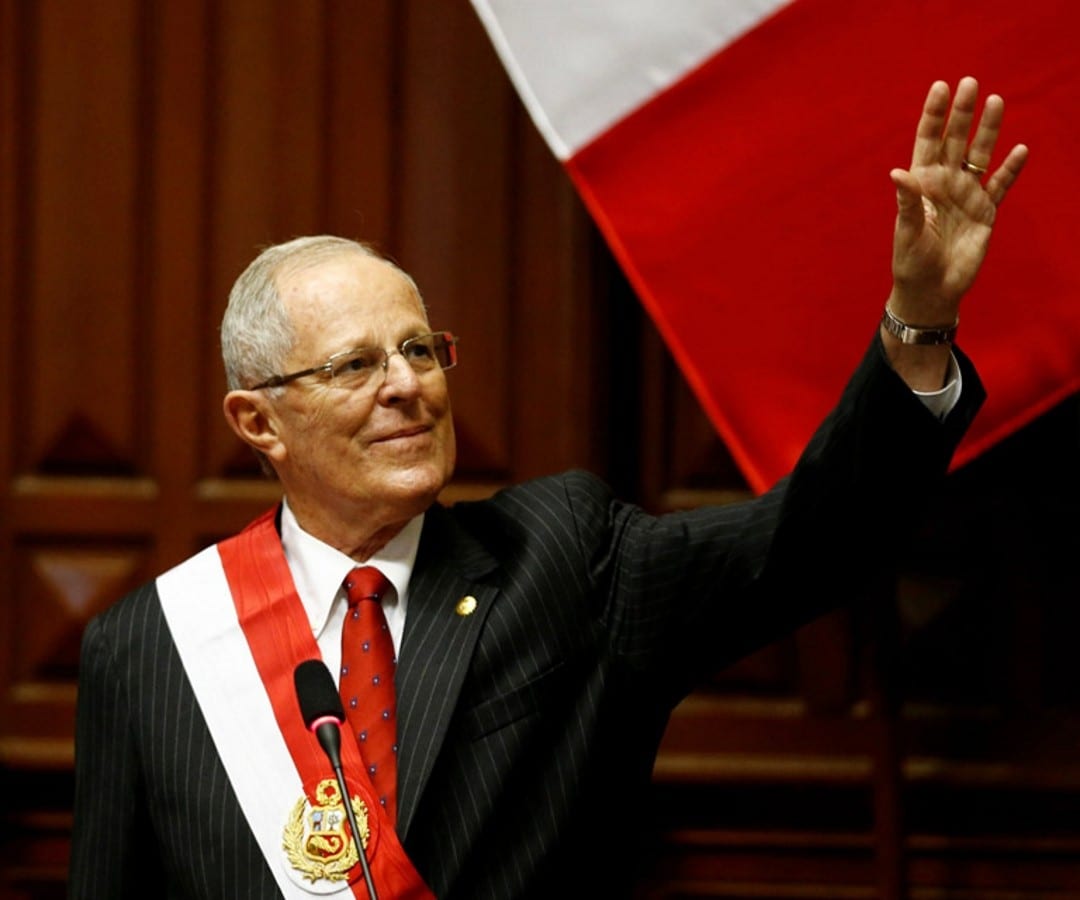
It is worth turning to the fact that Peru is a unitary decentralized presidential-premier republic based on the principle of separation of powers in such a way that the legislative power belongs to the unicameral Congress of the Republic, the executive power is headed by the President, who is the head of the state and at the same time the supreme commander-in-chief of the armed forces, and the judicial system includes the Supreme Court, district and local courts. In this South American country, in which fierce conflicts have flared throughout history aimed at political struggle, the functioning of this separation of powers is very real. An interesting fact is that since 1985, without exception, all the Presidents of the republic and their main rivals in the elections are currently under investigation: former President Alan García Pérez (1985-1990 and 2006-2011) has not been sentenced, however, it seems very likely; Alberto Fujimori (1990-2000) in December 2017 was pardoned at that time by the head of the state Pedro Pablo Kuczynski; Alejandro Toledo (2001-2006) is awaiting the verdict, and the Peruvian party has already sent to the United States, where he is hiding, a request for his extradition; Ollanta Humala (2011-2016) is already awaiting the verdict with his wife.
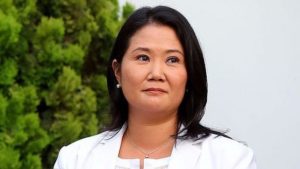
The effectiveness of the judiciary in Lima impresses many Europeans, especially from Eastern Europe, where corruption scandals and corruption of politicians have long been perceived as a habitual phenomenon.
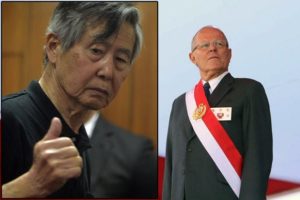
This “vicious circle” was closed on the 21st of March by Pedro Pablo Kuczynski, who assumed the presidency of Peru in July of 2016. The statement of resignation was made against the background of the political crisis that occurred in the country at the end of last year.
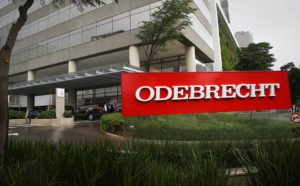
Already in November of 2017, the Peruvian edition “Caretas” published documents proving the connection between “Odebrecht” and American consulting company “First Capital Partners”, one of whose directors was Pedro Pablo Kuczynski. In 2003-2006, the companies worked together on at least three projects. Then the events developed swiftly: on the 13th of December of 2017, the parliament deputies of the opposition party “Fuerza Popular” presented documents stating that in 2004-2013 “Odebrecht” transferred $ 4.8 million to two companies related to Kuczynski, it is noteworthy that of which $ 62.5 thousand during the period when Kuczynski held positions in the government (in 2004-2005 as the Minister of Economy and Finance, in 2005-2006 as the Prime minister).
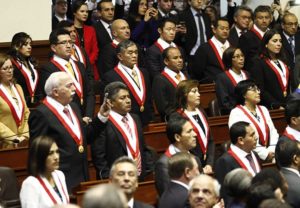
Nevertheless, on the 28th of February of this year, the former top manager of the “Odebrecht” office in Peru, Jorge Barata, during the investigation of corrupt schemes of the corporation, announced that in order to undertake the election campaign of Pedro Pablo Kuczynski in 2011 the company transferred $ 300 thousand. After the announcement was made, the Congress again began the process of impeachment in connection with Kuczynski’s “moral inability” to keep this post.
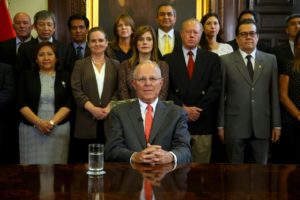
Addressing the nation on this day, Pedro Pablo Kuczynski announced his resignation and stressed that “it will be better for my country”. All representatives of his government wrote a statement of resignation in solidarity with the President. According to the current Constitution, the first vice-president of the country, Martín Alberto Vizcarra Cornejo, will be the head of state.
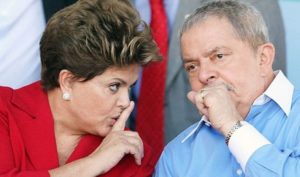
Will the corruption scandal turn away the “fledgling” Peruvian nation from supporting the right regime? Will the leftists in the “wave of change” take strategic positions in the government? These and other rhetorical questions will have to be answered by the Peruvians in the coming months. But the main dilemma in Peru is still the development of a political course that corresponds to the modern alignment of forces in the international arena.

